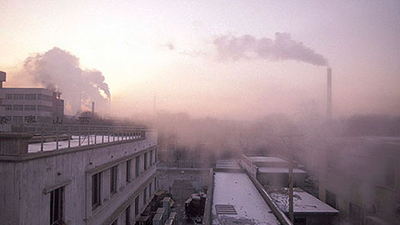A new protocol unveiled this week on how to measure and report greenhouse gas (GHG) emissions in world cities promises to be an important tool in climate change mitigation that will help countries in their efforts to embrace and implement green growth policies.
The system was developed in concert with cities around the world, was undertaken by the C40 Cities Climate Leadership Group and ICLEI – Local Governments for Sustainability, along with the World Resources Institute. The protocol built on outputs of the Joint Work Programme on Cities and Climate Change of the World Bank, the UN Environment Programme, and UN Habitat, supported by Cities Alliance.
The Global Protocol for Community-Scale Greenhouse Gas Emissions (pdf) is a landmark effort to harmonize emissions measurement and reporting processes for cities of all sizes and geographies. It establishes – for the first time – a single minimum standard for community-scale GHG emissions measurement. The result will be a transparent, consistent, and common approach to give cities a critical tool they need to plan and finance climate action.
Dan Hoornweg, lead urban specialist with the World Bank’s Finance, Economics, and Urban Development Department, described the protocol as a breakthrough. "It allows cities to compare emissions over time and encourages more comprehensive policy development by giving cities an opportunity to better learn from each other," he said. "By ensuring a city’s GHG inventory methodology and results are transparent, accessible, and available to the public, the protocol will mean greater transparency, ‘replicability’, and cost effectiveness.”


